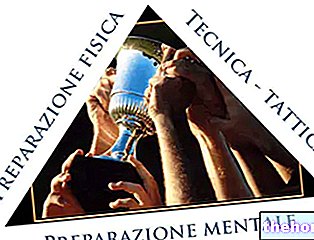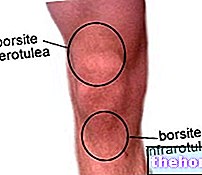Coming from the culture of American aerobics, stretching has landed in Europe and Italy following the typical path of fashions. The etymology of the word derives from the English "To Stretch" which in Italian means stretching.
Invented by Bob Anderson, stretching consists of slowly bringing the affected muscle or muscle areas to the limit of the elongation range.
For several decades it has been part of all training programs, both for power sports and for endurance sports, before, during and after performance.
In recent times, however, many scientific evidences are contradictory to international teaching on the theme concerning a branch of stretching, the "static" one.

The studies refer to the disciplines of strength and power, therefore the results are not reliable for the disciplines of resistance and in the disciplines in which a great articular excursion is required (dance, martial arts, gymnastics).
They found a decrease in vertical high jump after performing warm-up exercises with stretches. Some authors explain the "negative effect of stretching on performance, (when performed before a warm-up) by giving it the name"creeping'.
During a large and prolonged stretch exercise, the tendon stretches its fibers in alignment, while they normally have an oblique orientation.
This would explain the gain in elongation, which however is accompanied by a lower capacity to store elastic energy.
Regarding the stretching used to prevent trauma, some authors have shown that passive stretches subject the muscles to stress similar to those experienced during maximal muscle contractions. During these exercises the passive elastic structures of the sarcomere (titin) are very stressed and the possibility of them suffering microtrauma increases.
Finally, stretching after training is used a lot to "cool down" the muscle, but even on this aspect some research is contradictory.
According to some studies "Static type stretches by compressing the capillaries obstruct the" blood flow and this leads to a decrease in regeneration precisely in the muscles that most need recovery ".
Although this research ignores some beneficial influences that stretching has on the body, this does not mean that stretching exercises should be totally repudiated from now on. Indirectly, once again, the importance of a correct execution technique is underlined, which can only be acquired under the guidance of qualified personnel.
Bibliography
New scientific evidence (Cometti Faculty of Sports Science Dijon, S.M. Milan, Finland, Germany Sweden) Sds Year XXIII N ° 62-62 Jul.-Dec 2004 Pag. 33-36 Stretching and sports performance) Knudson and Coll. 2001 Church and coll. 2001 Cornwell et al. 2002 Shier 2004.See also: Stretching? No thanks! Better later


Graduated in physical education and personal trainer




























